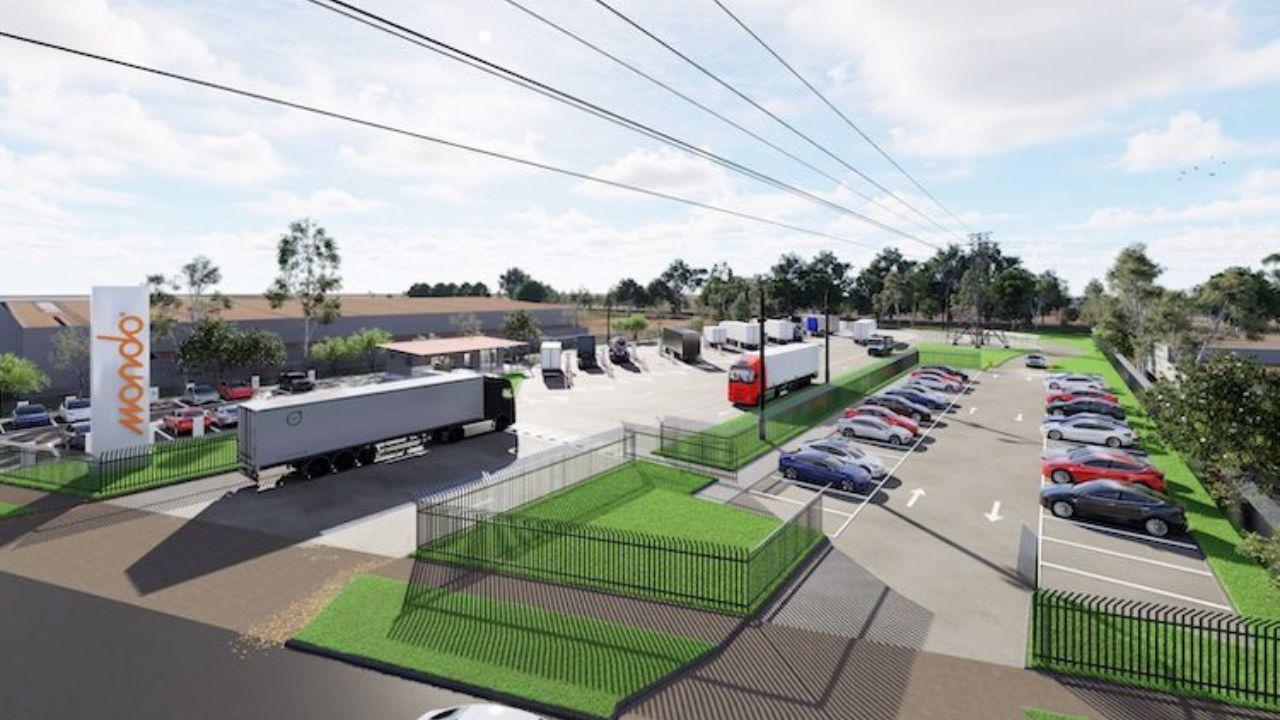
Post by : Avinab Raana
Photo : X / The Driven
Pioneering Electric Freight in Australia
Australia is making a historic leap in heavy transport electrification with the announcement of the nation’s first dedicated electric prime mover charging hub. Located in Laverton North, Melbourne, this facility has been awarded $12.3 million in funding from the Australian Renewable Energy Agency (ARENA). Designed to accelerate the adoption of electric trucks across freight and logistics sectors, the hub aims to tackle one of the most significant barriers to decarbonization: accessible, reliable, and high-capacity charging infrastructure for heavy-duty vehicles.
The Laverton North hub is more than a charging station; it is a demonstration of the future of freight operations. It signals that Australia is serious about transitioning its transport sector, which contributes approximately 22% of the nation’s greenhouse gas emissions, toward sustainable, zero-emission alternatives. This project is expected to provide a blueprint for other regions in the country, showing that electric freight can be operationally and economically viable.
Strategic Vision and Objectives
The primary objective of the Laverton North hub is to enable fleet operators to integrate electric trucks into their logistics networks. It will feature 14 dual-plug charging stations designed for battery electric vehicle (BEV) prime movers, each capable of delivering megawatt-level power to rapidly recharge high-capacity batteries. The hub will not only provide the physical infrastructure for charging but also offer training, vehicle trials, and operational support, making it easier for companies to plan their transition to electric fleets.
Developed by Mondo Power, the commercial arm of the distribution company AusNet, the hub is intended as a proof-of-concept for heavy vehicle electrification. By demonstrating reliable, predictable operations, it encourages private operators to adopt zero-emission vehicles while also showcasing how renewable energy sources and smart grid technology can be integrated with heavy-duty logistics.
Federal Support and National Impact
The $12.3 million ARENA grant is part of a broader effort to stimulate investment in heavy vehicle electrification across Australia. ARENA CEO Darren Miller highlighted that projects like Laverton North are essential in demonstrating how electric trucks can operate efficiently within existing business models, reduce emissions, and help meet national climate goals. This funding not only supports infrastructure construction but also facilitates fleet trials, operational studies, and long-term adoption strategies.
In the broader context, Australia has been exploring ways to decarbonize its transport sector for years. The Laverton North hub represents a turning point where technological feasibility meets government-backed financial support. By targeting prime movers, which are responsible for a significant portion of freight emissions, the project maximizes its potential impact on national greenhouse gas reduction efforts.
Operational Design and Fleet Integration
The hub’s design is focused on usability and efficiency. Each dual-plug station will allow multiple trucks to charge simultaneously, ensuring minimal downtime for fleet operations. The hub is intended for membership-based access, offering predictable pricing to ease cost uncertainties for operators. The operational model emphasizes reliability, speed, and safety critical factors for logistics businesses that rely on timely deliveries and operational consistency.
Fleet operators using the Laverton North hub will also have access to real-time performance monitoring, software-driven charging optimization, and maintenance support. This combination of physical infrastructure and technological integration ensures that electric trucks can perform on par with, or better than, conventional diesel fleets in terms of scheduling, turnaround times, and operational predictability.
Environmental Advantages and Community Benefits
Electric trucks charged at hubs like Laverton North produce no tailpipe emissions, eliminating particulate matter, nitrogen oxides, and sulfur oxides associated with diesel engines. For communities surrounding major freight hubs, this translates into cleaner air and reduced health risks. Noise pollution is also significantly reduced, as electric motors operate silently compared to conventional diesel engines.
Beyond the immediate environmental impact, heavy-duty electric trucks represent a long-term cost saving for fleet operators. Reduced fuel costs, lower maintenance requirements due to fewer moving parts, and improved energy efficiency all contribute to operational savings. As electric grids incorporate more renewable energy, the environmental footprint of logistics operations will further decrease, offering both ecological and economic benefits.
Infrastructure and Technical Challenges
Constructing a high-capacity electric truck hub is not without challenges. Heavy vehicles require charging systems capable of delivering megawatts of power, which stresses local electrical infrastructure. Grid upgrades, energy storage solutions, and safety systems must be implemented to ensure reliable operations. Mondo Power is working closely with local utilities to integrate the hub seamlessly into the existing grid while minimizing operational disruptions.
Battery technology also remains a critical factor. The hub must accommodate different truck models and battery chemistries, balancing charging speed, energy density, and long-term battery health. Operational planning includes careful scheduling to prevent congestion, optimize charging cycles, and ensure trucks are ready for departure without delays.
National Implications and Future Scaling
The Laverton North hub sets a precedent for other regions in Australia. Its success will demonstrate the economic and operational viability of electric freight at scale, potentially inspiring additional hubs along major transport corridors. Nationwide adoption would create a network of interconnected charging stations, enabling long-haul electric trucking and reducing reliance on diesel fuel across the country.
Scaling up will also foster domestic manufacturing and technology development. Local companies could supply batteries, chargers, and smart energy management systems, creating jobs and strengthening the national supply chain. Universities and research institutions may use the hub as a testbed for new battery technologies, energy management solutions, and grid integration strategies.
Commercial and Operational Considerations
Fleet operators considering electric trucks face several considerations, including upfront vehicle costs, charging infrastructure access, and battery lifecycle management. The Laverton North hub mitigates some of these barriers by providing reliable, high-capacity charging, predictable costs, and technical support. Over time, as vehicle costs decrease and battery efficiency improves, adoption rates are expected to accelerate, making electric prime movers a standard option for freight logistics in Australia.
The membership-based model allows operators to forecast expenses and integrate electric trucks into fleet management systems without financial uncertainty. Combined with reduced maintenance costs and energy savings, the hub provides both operational predictability and environmental benefits, making electric freight a commercially viable option.
Addressing Regulatory and Policy Barriers
While the hub addresses infrastructure needs, regulatory frameworks also play a crucial role in adoption. State and federal regulations must evolve to support electric trucks, including guidelines for road access, vehicle certification, and charging infrastructure deployment. Coordination between agencies, private operators, and energy providers will be essential to remove legal and logistical barriers, ensuring smooth adoption of electric freight solutions nationwide.
Policies supporting renewable energy integration, incentives for low-emission fleets, and grants for infrastructure development will further strengthen the case for electrification. ARENA’s investment exemplifies how government support can accelerate market transformation by reducing risk and encouraging private investment.
Global Context and Competitive Advantage
Australia’s Laverton North hub positions the country alongside other nations investing in heavy-duty EV infrastructure. Countries such as the United States, Germany, and the Netherlands have begun developing similar hubs, focusing on zero-emission freight. By establishing the first hub in Australia, the nation signals leadership in sustainable logistics and creates opportunities for international collaboration, technology exchange, and best-practice implementation.
Electric freight is becoming a global priority as companies, governments, and environmental organizations push to reduce carbon footprints. The Laverton North hub could become a model that attracts investment, research, and collaboration from global heavy transport stakeholders.
Decarbonizing Australian Freight
The Laverton North electric prime mover hub is just the beginning of Australia’s journey toward zero-emission freight. Its success could catalyze broader adoption of electric trucks, construction of additional charging hubs along major routes, and integration of smart energy solutions in logistics operations. As technology improves and costs decrease, electric trucks could become standard across Australian ports, highways, and distribution centers.
Ultimately, the hub is about more than infrastructure. It represents a shift in how freight is conceived, planned, and executed. Cleaner air, lower operating costs, and reduced greenhouse gas emissions are tangible outcomes, while the development of local expertise and technology capability ensures long-term sustainability and competitiveness.
Charging Toward a Sustainable Future
Australia’s first electric prime mover charging hub at Laverton North demonstrates that heavy transport electrification is no longer theoretical, it is achievable, practical, and beneficial. Backed by federal funding and developed by Mondo Power, the hub provides a comprehensive solution to the challenges of charging, fleet integration, and operational support. By combining technical capability, government support, and commercial viability, this initiative lays the foundation for a zero-emission freight sector in Australia.
The project offers a glimpse of the future of logistics: cleaner, quieter, and more efficient operations, powered by electricity and renewable energy. As the hub opens and proves its value, it may inspire similar investments nationwide, accelerating the adoption of electric trucks and setting Australia on a path toward a truly sustainable transport ecosystem.
Electric truck charging hub, Laverton North, Heavy transport electrification

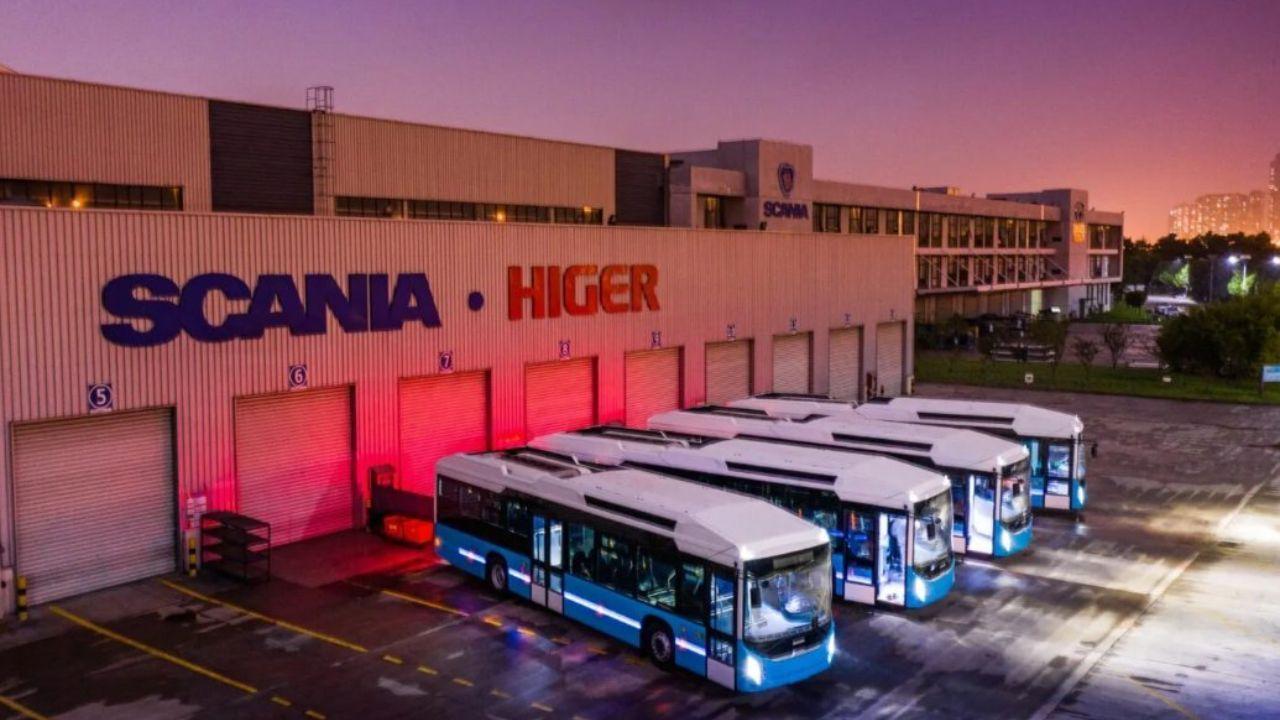
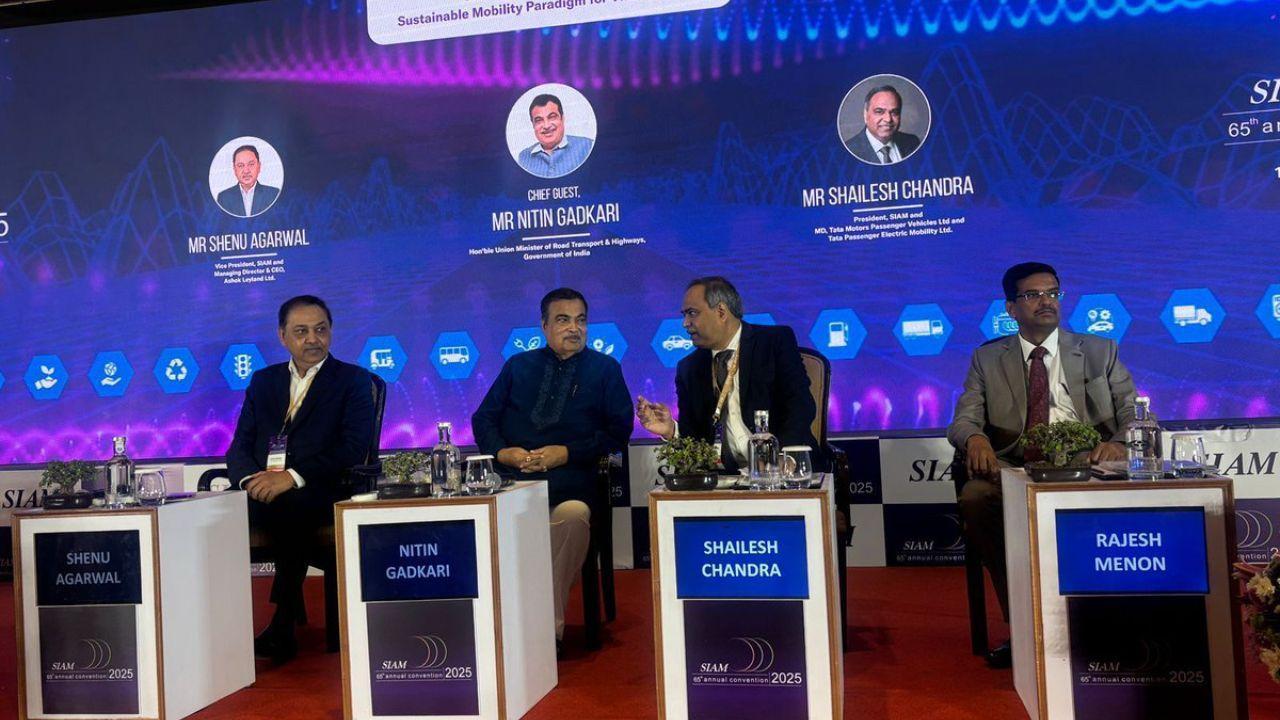
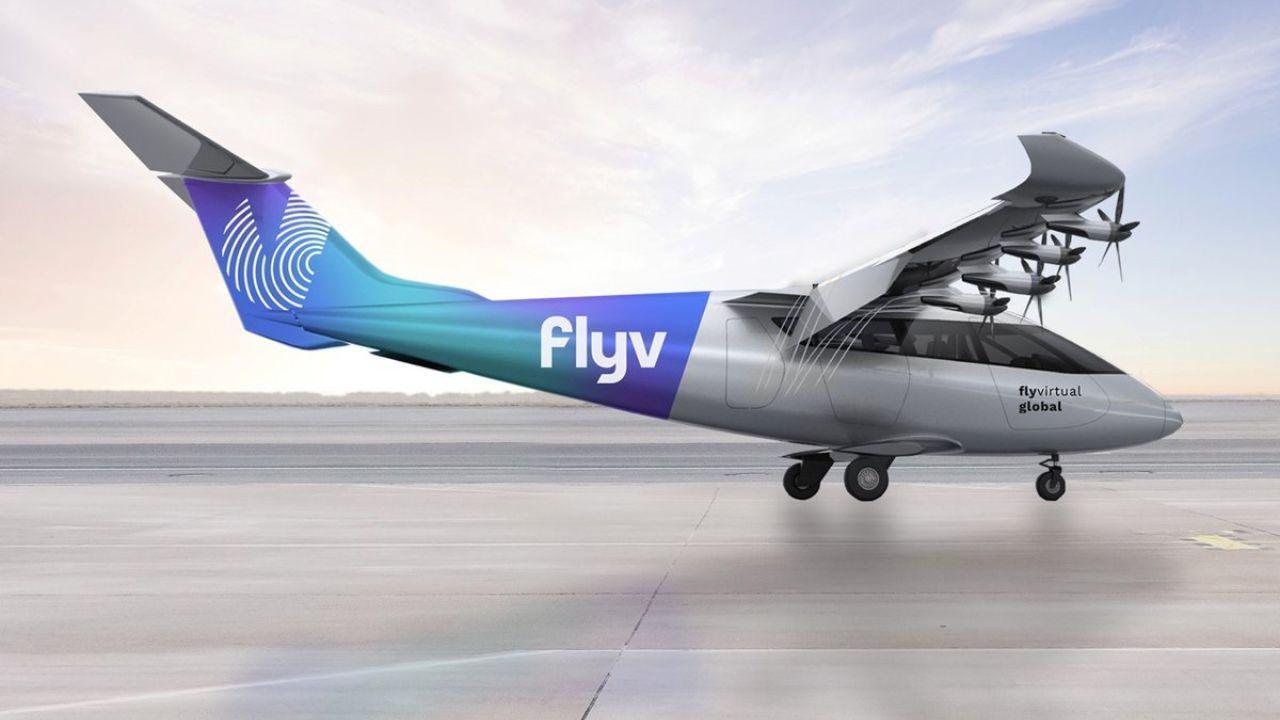
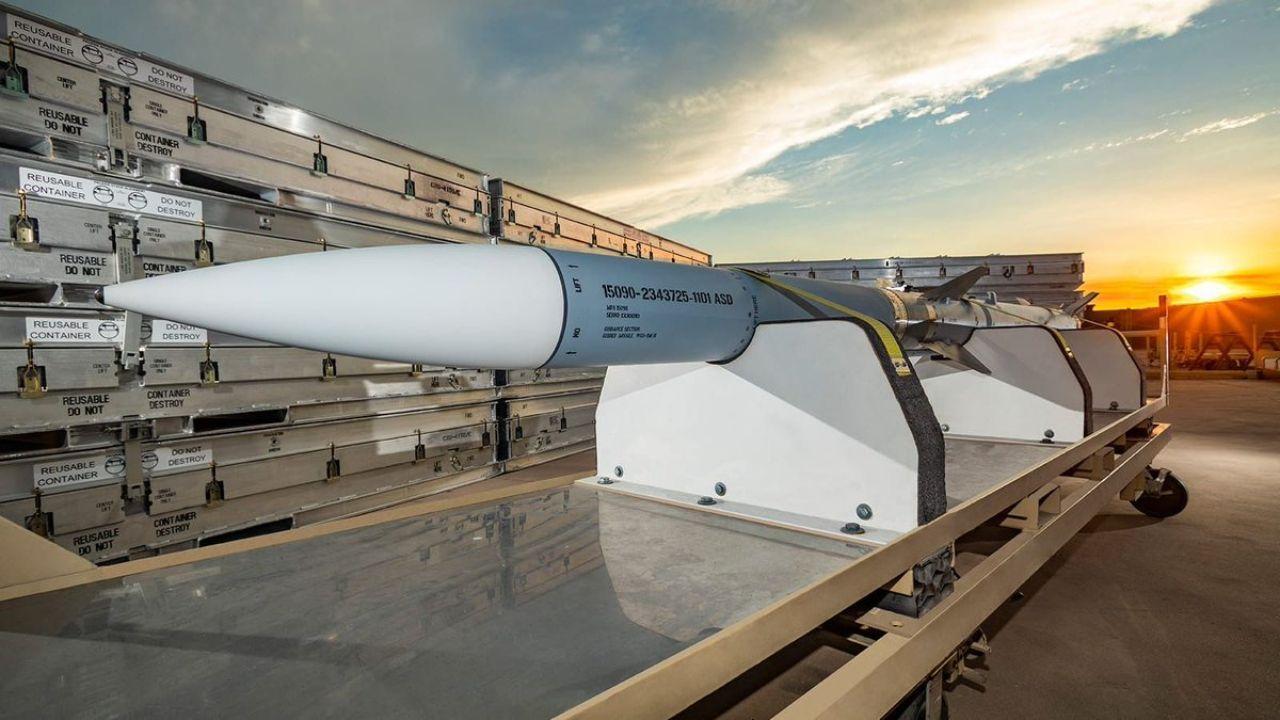
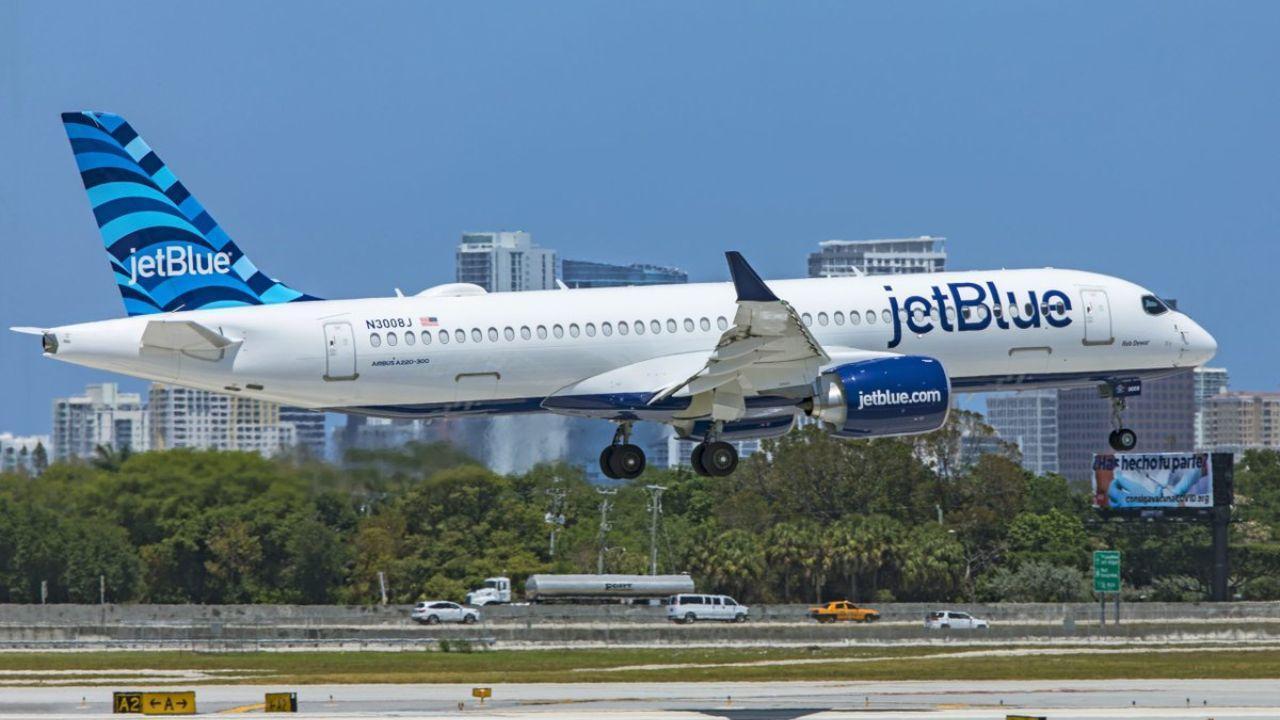



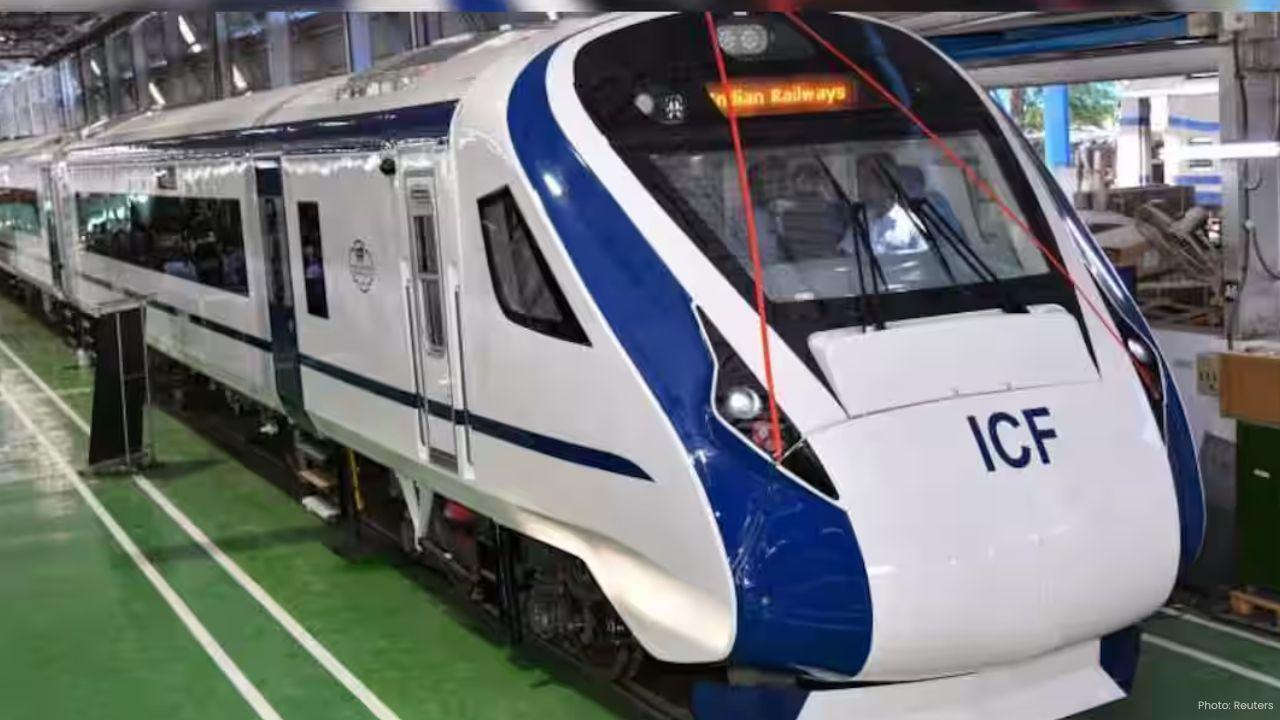
Vande Bharat Passenger’s Spitting Incident Sparks Nationwide Debate
A passenger spitting on the Vande Bharat Express floor sparks online debate on civic sense cleanline

OnTrac Introduces Ground Essentials Service for Affordable and Reliable Shipping
OnTrac launches Ground Essentials a new service offering cost-effective parcel delivery with up to 3

Breeze Airways Earns Five-Star Status as North America's Top Airline
Breeze Airways achieves a five-star rating marking it as North America's leading major airline for 2

Royal Enfield Cuts Prices on 350cc Bikes After GST Rate Reduction
Royal Enfield reduces prices on 350cc motorcycles from September 22, 2025, following GST rate cuts,
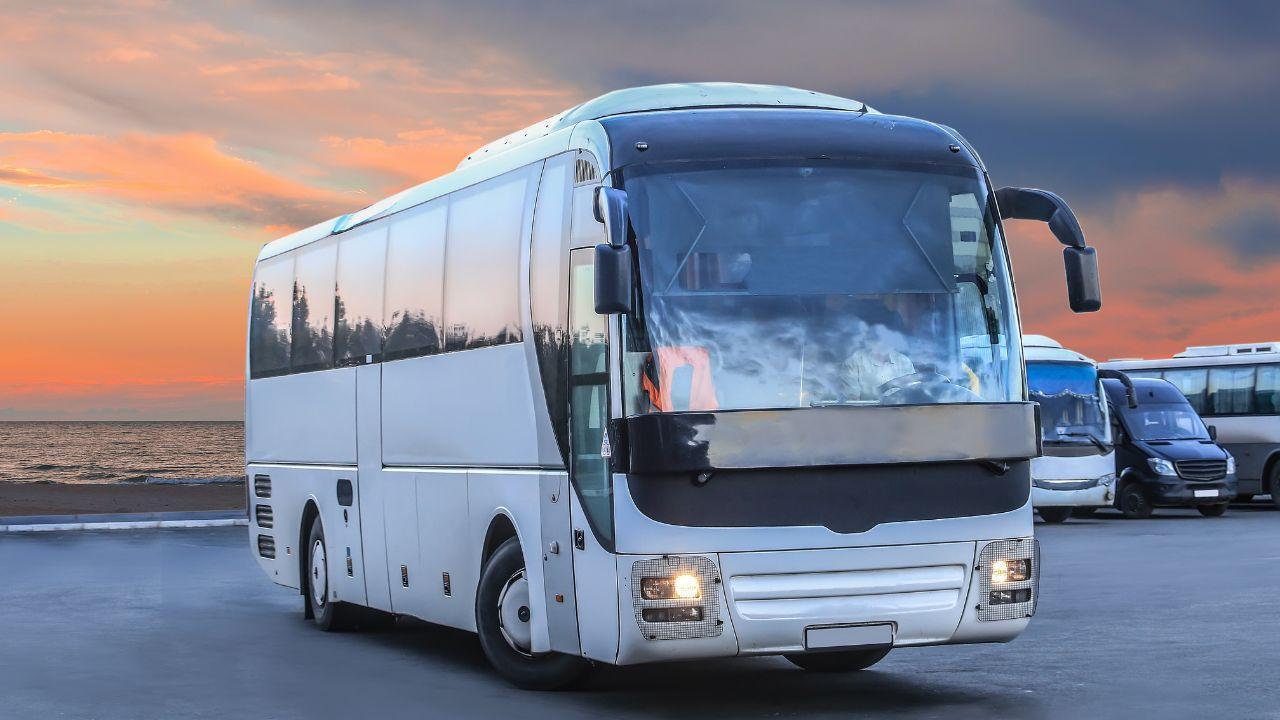
Viva ACP Boosts Bus Safety with Strong Lightweight Aluminium Panels
Viva ACP’s panels make buses safer lighter and stronger—saving energy and protecting passengers with
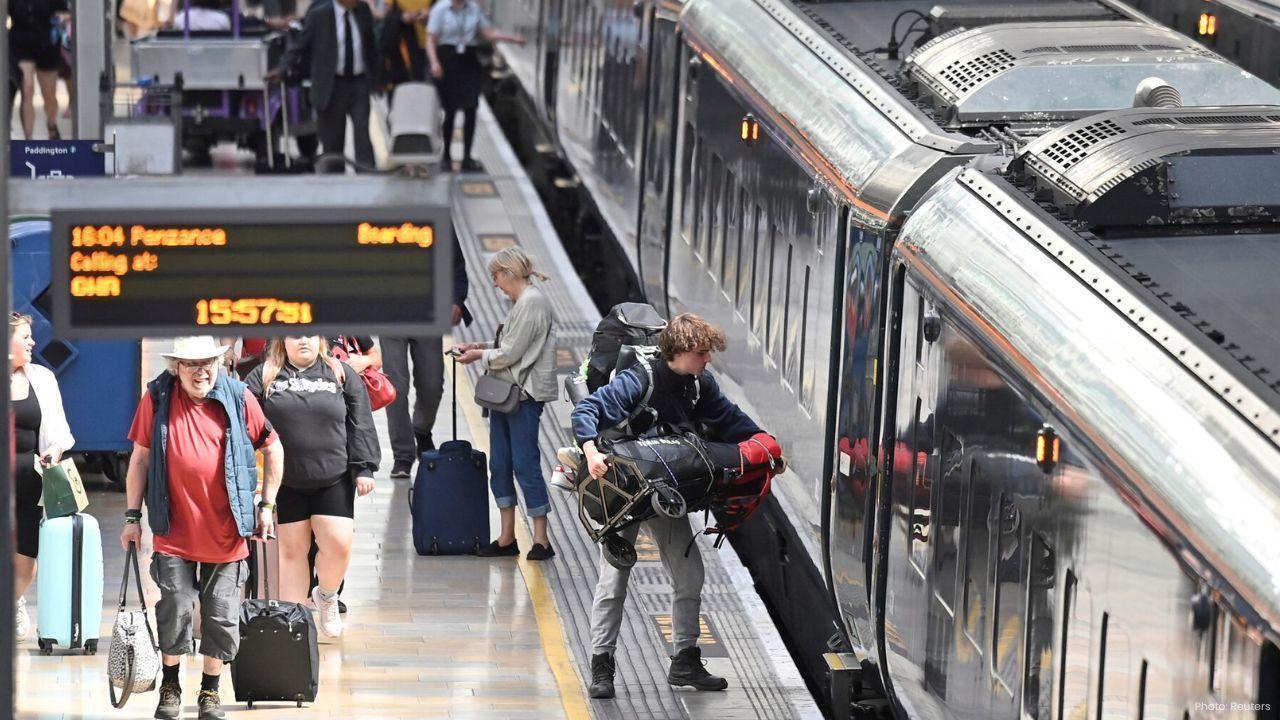
Steelpaint’s Stelcatec Coating Gets UK Rail Approval
Steelpaint’s Stelcatec coating approved by UK Network Rail for durable, fast, and effective protecti